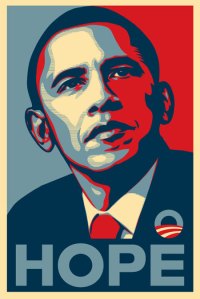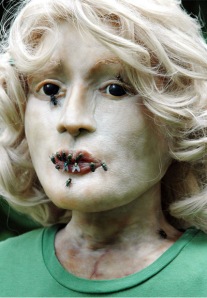On closer inspection, it becomes clear that Fairey has greatly transformed the photo, which he uses...
contemporary art, contemporary art cambridge, modern art boston, Kate Millett, Pierre Menard Gallery,
If Heide Hatry’s provocative photographic show—Heads and Tales--at the Peirre Menard Gallery, (10 Arrow St. in Cambridge)...

